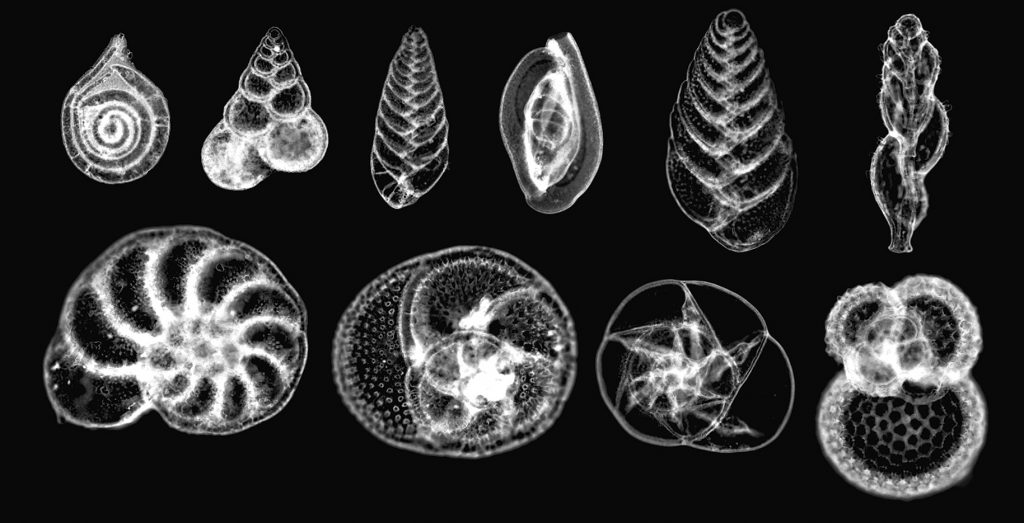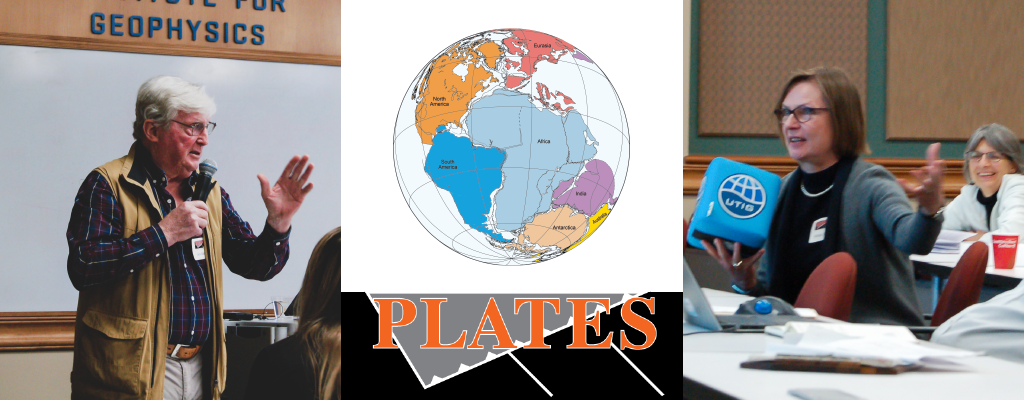Luc Lavier, a research scientist at the University of Texas Institute for Geophysics (UTIG), has been awarded the Evgueni Burov Medal by the International Lithosphere Program (ILP) at a ceremony at the European Geophysical Union (EGU) in Vienna. According to the ILP, Lavier, who is also an Associate Professor at the University of Texas at… Continue Reading ‘An Open and Collaborative Spirit’ – Luc Lavier Wins Evgueni Burov Medal
Evolution Imposes “Speed Limit” on Recovery after Mass Extinctions
It takes at least 10 million years for life to fully recover after a mass extinction, a speed limit for the recovery of species diversity that is well known among scientists. Explanations for this apparent rule have usually invoked environmental factors, but research led by The University of Texas at Austin links the lag to… Continue Reading Evolution Imposes “Speed Limit” on Recovery after Mass Extinctions
The PLATES Symposium: 30 Years of PLATES
View the PLATES Symposium photo album (Facebook) The PLATES program has marked a key milestone in the study of plate tectonics by holding a symposium to celebrate 30 years of PLATES at the University of Texas Institute for Geophysics (UTIG). The symposium, held March 25-26, brought together colleagues from across the world to reflect on… Continue Reading The PLATES Symposium: 30 Years of PLATES
Student-Led Research Gives Exploration Geophysics a Boost
Meet the new generation of exploration geophysicists (part 1) Last month, industry scientists gathered at the University of Texas at Austin to hear research updates from the UT-Austin EDGER Forum, an industry consortium that sponsors education and research in exploration geophysics. Students funded by the EDGER Forum presented their research, including promising machine learning algorithms… Continue Reading Student-Led Research Gives Exploration Geophysics a Boost
Graduate Researcher Landon Lockhart Earns Halliburton Landmark Earth Model Award
Meet the student: Read an interview with Landon Lockhart Landon Lockhart, a graduate research assistant at UTIG and PhD student at the Jackson School of Geosciences, has received third prize in the Halliburton Landmark Earth Model Award 2018 for his master’s thesis on pore pressure prediction. The Halliburton Landmark Earth Model Award is an international… Continue Reading Graduate Researcher Landon Lockhart Earns Halliburton Landmark Earth Model Award





